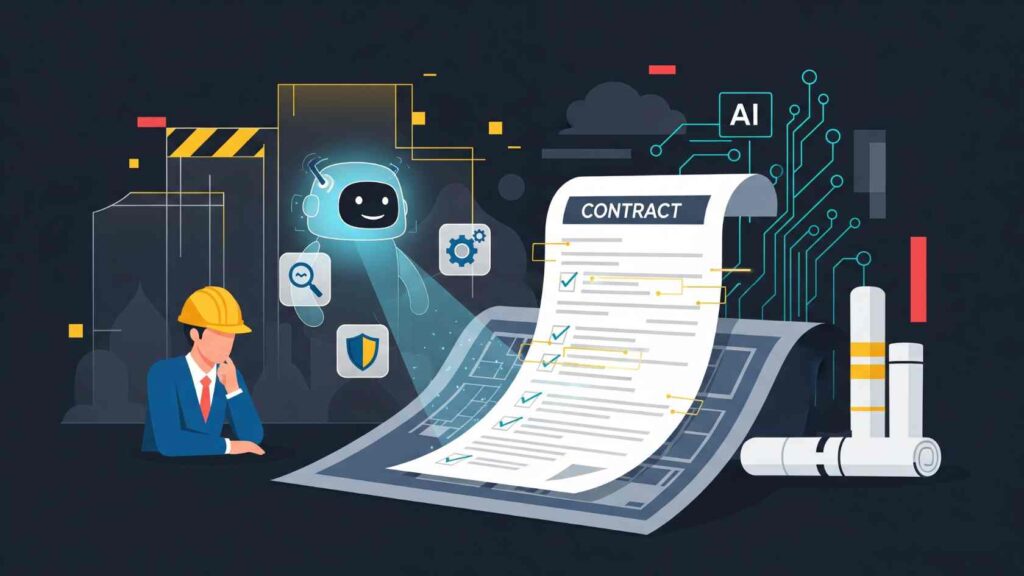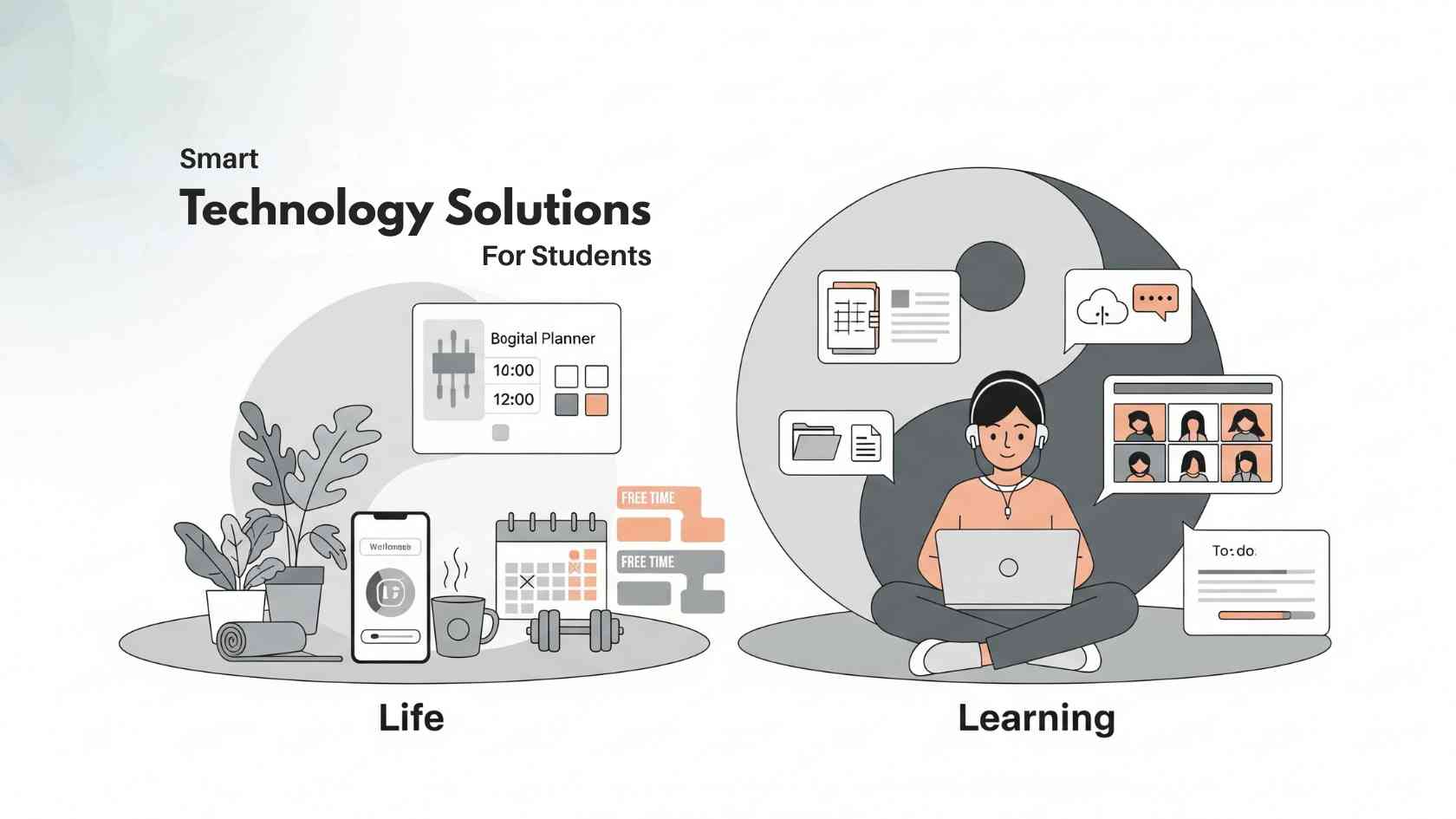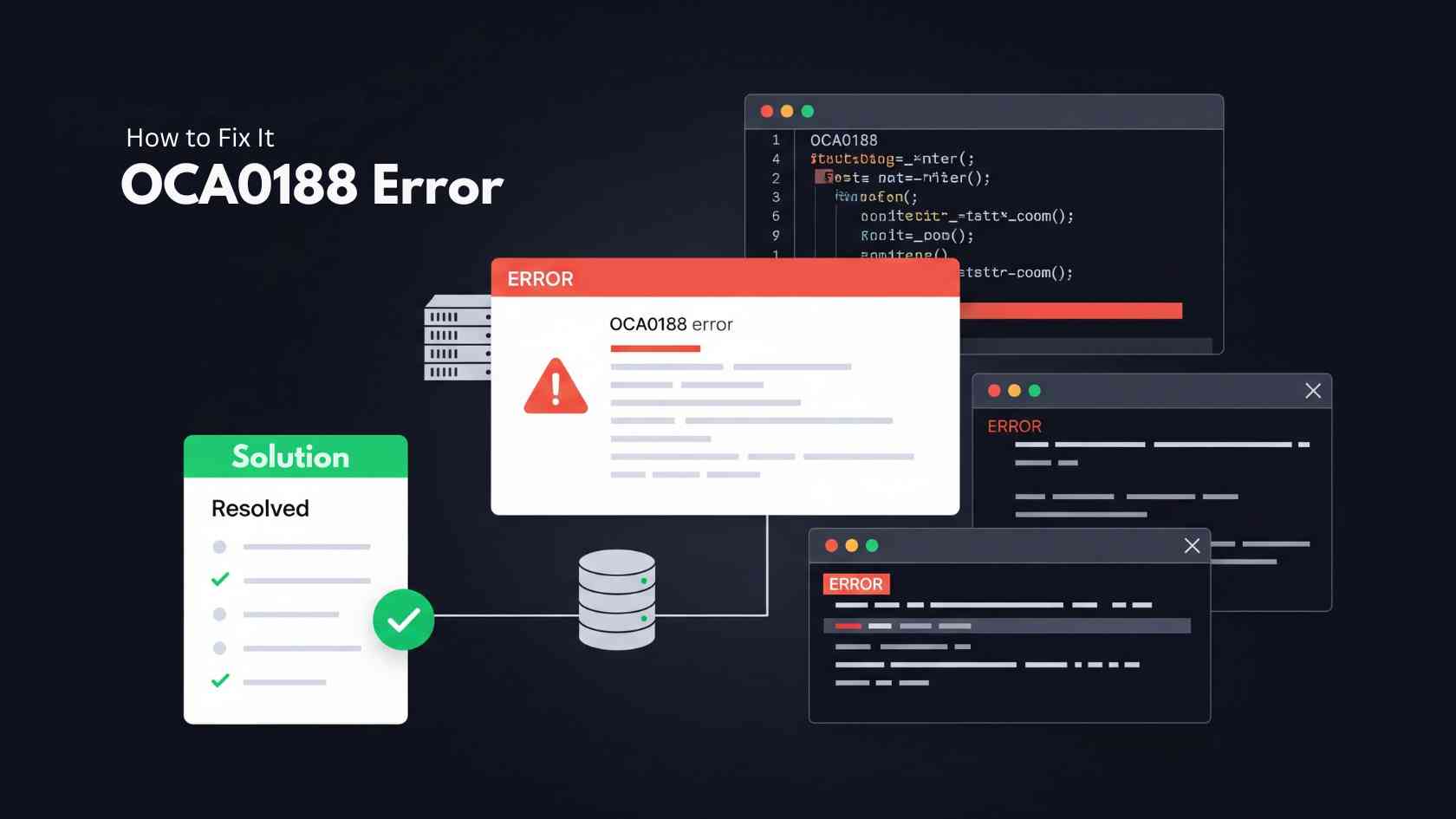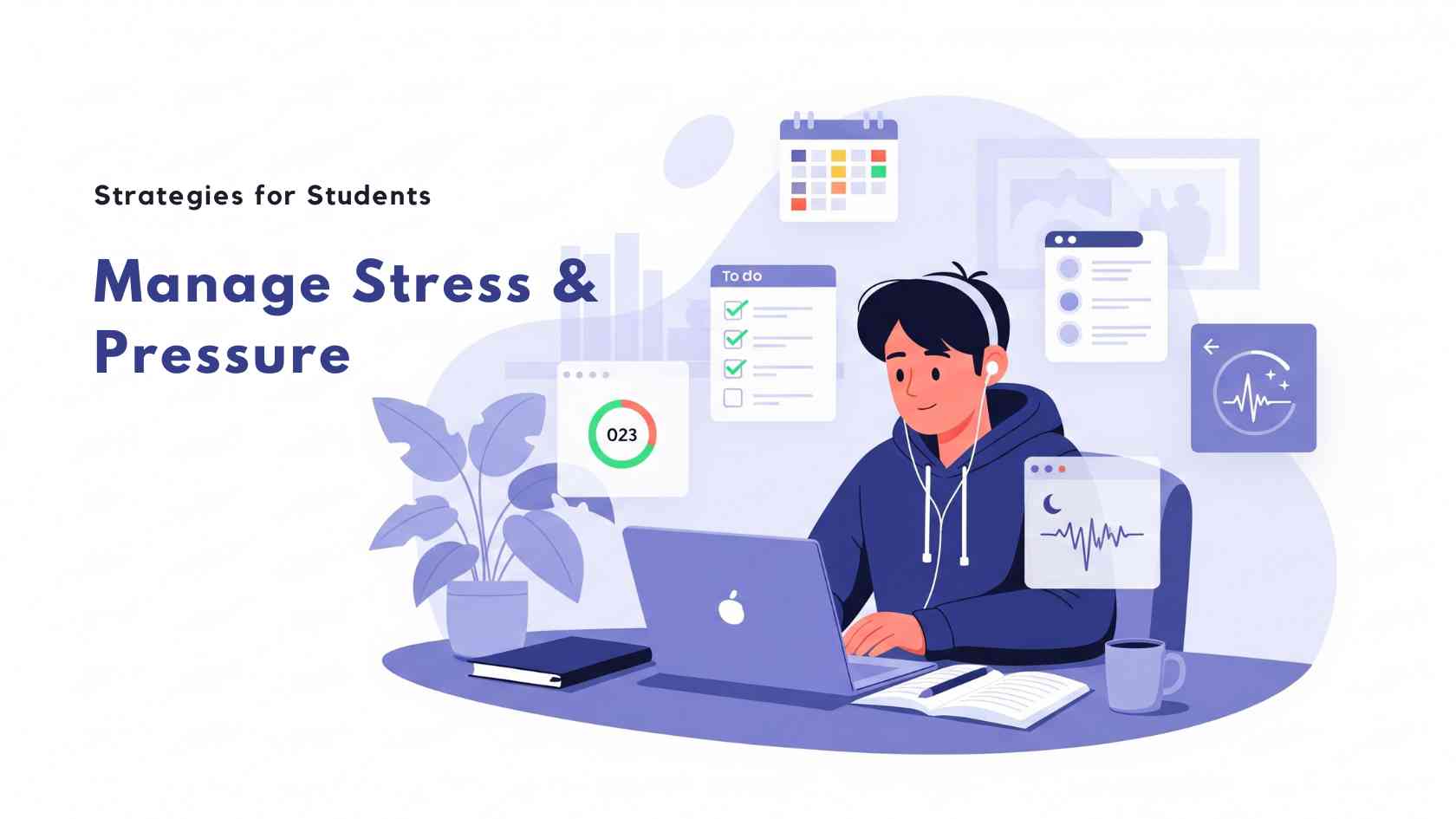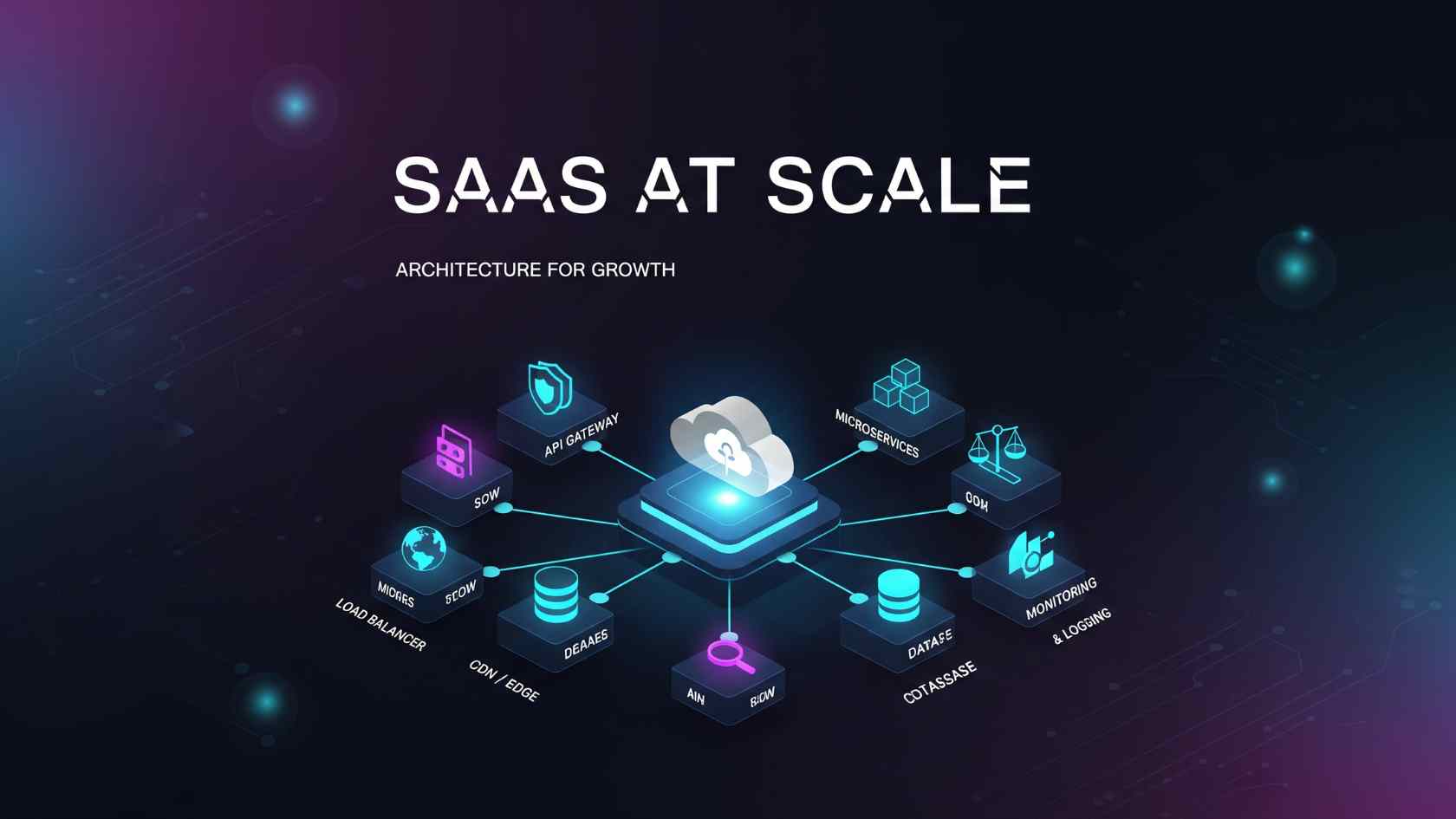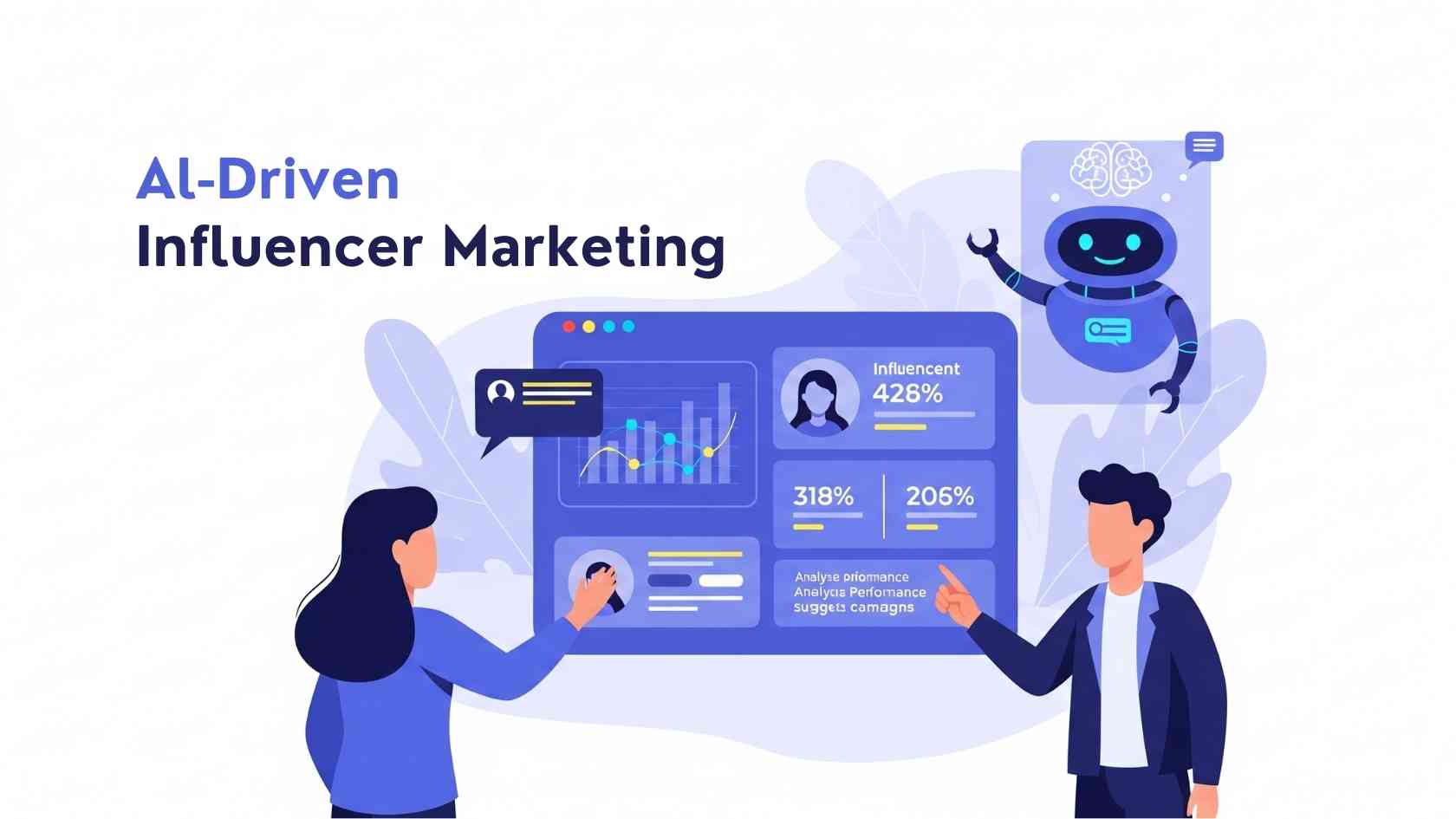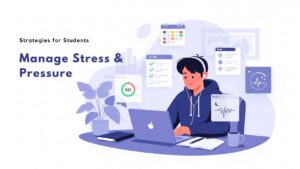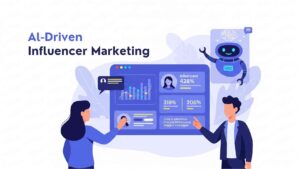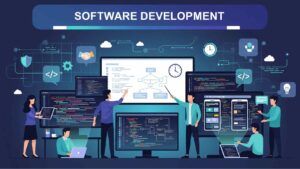Construction contracts carry more than legal weight. They shape how the project works on the ground. A missed clause or vague term can lead to disputes, cost overruns, or delays. Risk comes from what the contract includes, what it leaves out, and how clearly teams understand the obligations. Many teams still rely on manual review, which takes time and increases the chance of missing critical terms. To reduce that exposure, more companies have turned to AI-powered construction contract review software that supports early, structured analysis without slowing down project delivery.
How AI Is Transforming Construction Contract Review and Risk Management
Finding Key Clauses Without Starting From Scratch
Risk lives in the details. A clause about indemnity may shift liability. A few words in a change order section may increase scope without compensation. These risks are not always easy to find. Contracts often vary in language and structure. Even when teams use templates, small edits can carry large consequences.
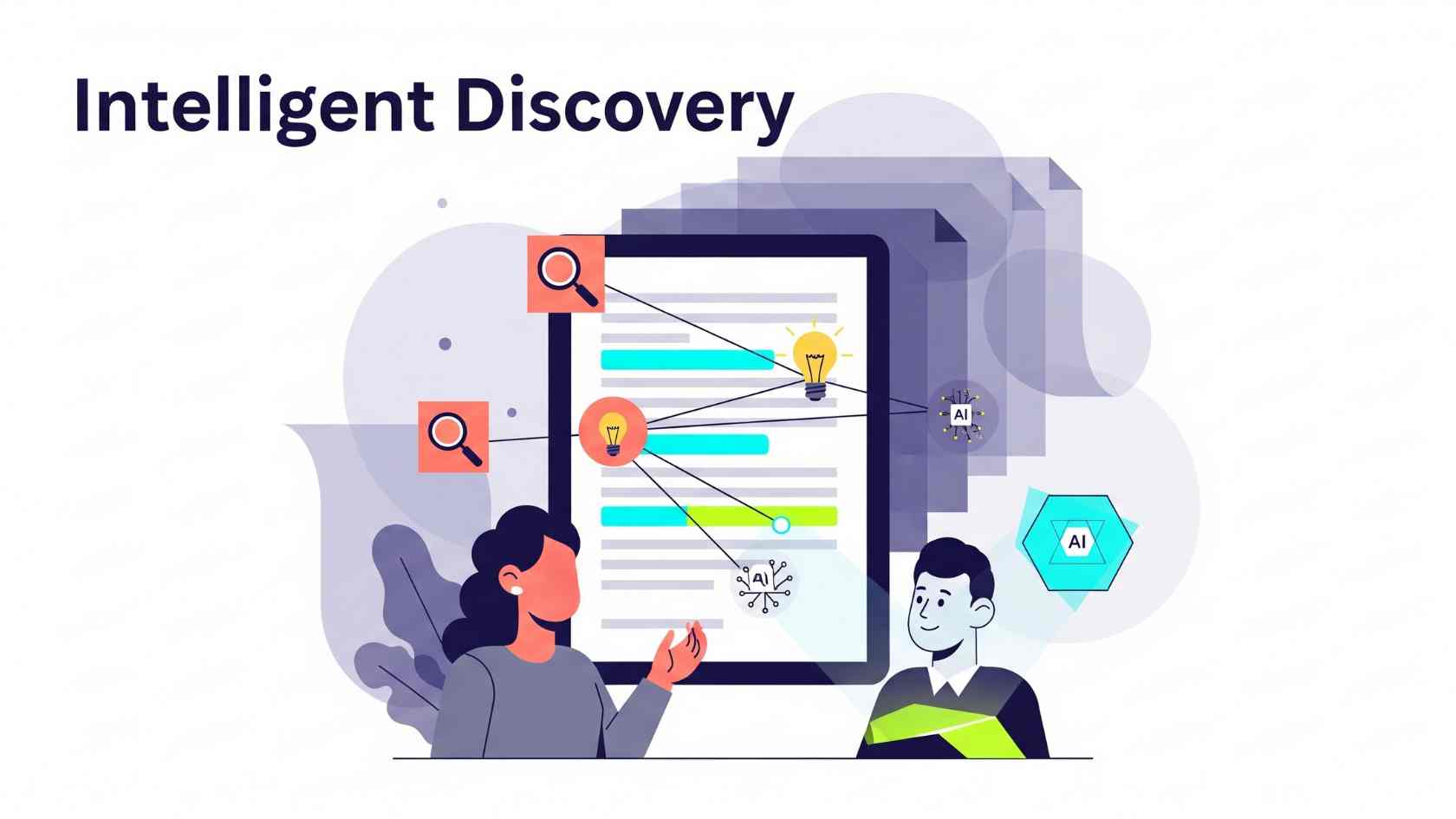
Software that reads contracts with pattern recognition can identify these clauses quickly. It does not depend on exact matches. It reads intent and context. That means legal and project teams can spend less time searching and more time deciding how to respond.
Giving Each Team the Information It Needs
Legal professionals focus on enforceability. Project managers focus on timelines and deliverables. Risk officers look for coverage and exposure. Each role sees the contract through a different lens. Without a shared summary, they often work in parallel rather than together.
AI-driven tools help bring that work into alignment. By tagging clauses and organizing terms by topic, the software makes it easier for each team to find what it needs. One team may want to look at payment terms. Another may want to compare notice periods across recent projects. When the information is easy to access, collaboration becomes more efficient.
Improving Consistency Across Projects
Not all risk comes from new language. Sometimes it comes from small changes to familiar terms. Teams that manage dozens of contracts may struggle to track which version of a clause was used and why it changed. Inconsistent language increases the chance that project teams make assumptions that do not match the actual contract.
AI review systems flag differences in phrasing across projects. They also help compare current language with approved or preferred terms. This comparison builds consistency, which helps lower risk across the portfolio rather than project by project.
Shortening the Review Cycle
Manual review takes time. With large documents, limited staff, and multiple stakeholders, the contract cycle can slow down the start of the project. When risk language is difficult to parse, reviews may stretch over weeks. This delay impacts budget, scheduling, and coordination.
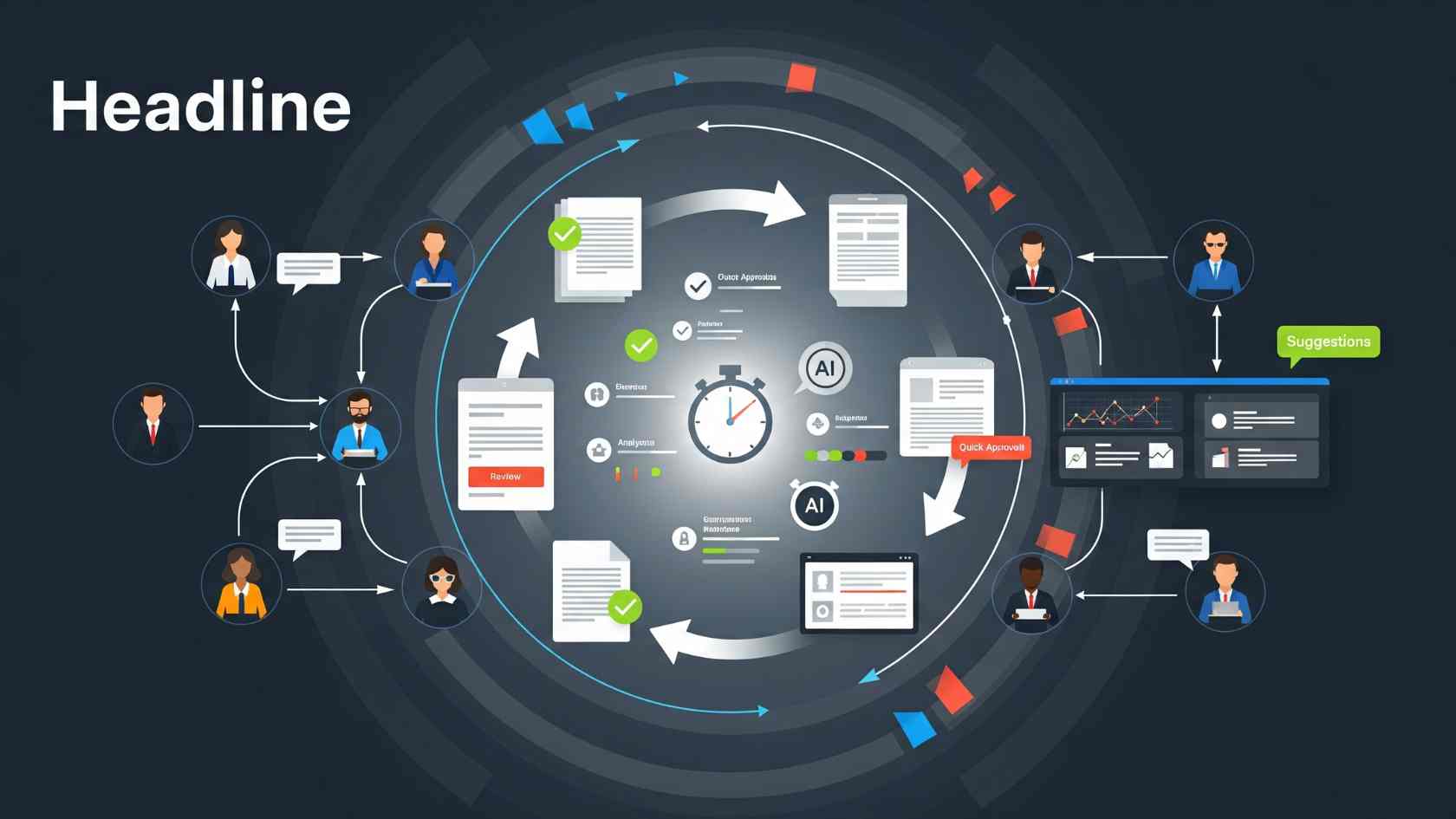
AI tools reduce that cycle by narrowing the focus. They surface the clauses that matter and highlight areas that need review. That lets teams move faster while staying grounded in clear information. A shorter review cycle also creates more room for negotiation without pressure.
Supporting Negotiation With Better Data
Risk management often requires trade-offs. Some risk stays with the contractor. Some moves to the owner. The key is knowing where it sits and how that affects the project. AI tools support this process by offering clarity on similar past agreements.
Teams can look at how a term has been handled in earlier contracts. They can also track which edits were accepted or pushed back. This context helps decision-makers understand what is standard, what is flexible, and what should change.
Making Risk More Visible in Real Time
Once the contract is signed, most teams move to execution. But risk does not disappear. Questions come up about deadlines, scope, and responsibility. If teams cannot find the answer quickly, they may act on memory or assumptions.
A contract that has been reviewed and structured becomes easier to use throughout the project. AI tagging and search tools allow teams to go straight to the relevant clause. That speed reduces confusion and limits the time spent digging through documents.
Tracking Lessons for Future Projects
Risk review improves over time when teams learn from past outcomes. AI-supported platforms often include tools for tagging clauses with outcomes or comments. This builds a record of how contract terms worked out on the job.
![]()
Instead of starting each contract from a blank page, teams can draw from those lessons. They can also update templates with stronger language based on those patterns. This improves both project performance and legal protection.
Also Read: ERP for Construction: Key Benefits & Features
Building a Smarter Risk Practice
Risk management in construction does not start after the contract is signed. It begins with the way the contract is written, reviewed, and shared. Smart software helps teams approach that process with more focus and less effort. It supports faster review, clearer alignment, and better decisions.
As projects grow more complex and schedules get tighter, the need for strong contract clarity increases. AI tools give teams the structure to manage that need without overloading the workflow. That makes them not only useful but necessary for risk management that works.

